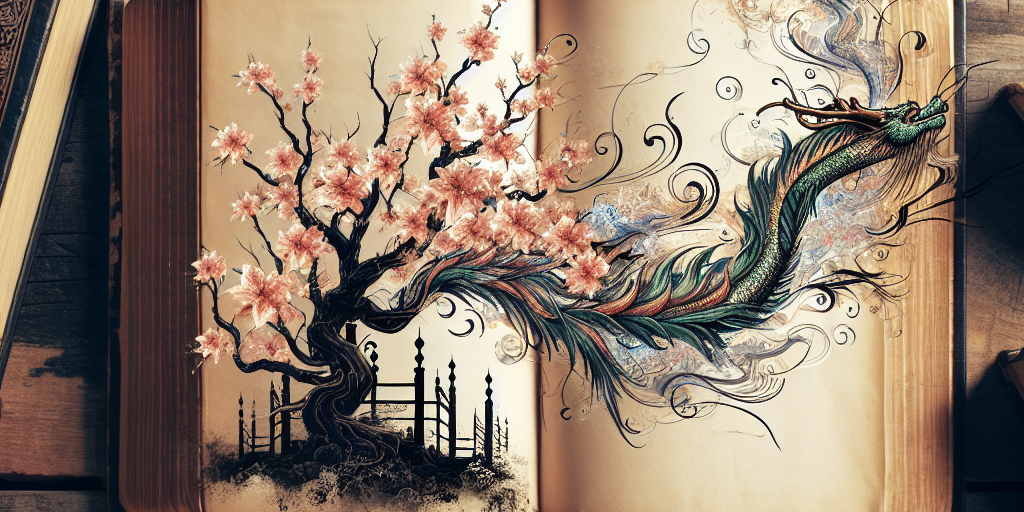English literature has always been a rich tapestry of diverse voices and perspectives. From the works of William Shakespeare to the poetry of Emily Dickinson, English literature has embraced and celebrated the contributions of artists from all walks of life. However, one aspect of English literature that is often overlooked is the influence and presence of Asian artists.
Asians have been a part of the English literary tradition for centuries, dating back to the early interactions between the East and the West. From the ornate poetry of the Indian subcontinent to the intricate storytelling of ancient China, Asian artists have left an indelible mark on the world of English literature.
One of the earliest and most influential Asian artists in English literature was Rabindranath Tagore, a Nobel Prize-winning poet, and playwright from India. Tagore’s work, which was deeply influenced by Indian spirituality and cultural heritage, brought a new perspective to English literature, and his influence can be seen in the works of countless English-language writers.
Another trailblazing Asian artist is the Japanese author Yukio Mishima, whose novels and short stories explored the complexities of post-war Japan and captured the attention of English-speaking readers around the world. Mishima’s unique blend of traditional Japanese storytelling and modernist sensibilities has had a lasting impact on the English literary canon.
In recent years, Asian artists have continued to make waves in English literature. Kazuo Ishiguro, a Japanese-born British author, won the Nobel Prize in Literature in 2017 for his novels that examine the human experience from a distinctly Asian perspective. His works, including “Never Let Me Go” and “The Remains of the Day,” have earned him international acclaim and have solidified his place in the English literary tradition.
The rich legacy of Asian artists in English literature extends beyond the realm of fiction and poetry. Asian American writers such as Maxine Hong Kingston and Amy Tan have explored themes of identity, family, and cultural heritage in their work, offering readers a window into the Asian American experience.
The influence of Asian artists on English literature cannot be overstated. Their contributions have broadened the scope of the English literary tradition and have provided readers with a deeper understanding of the diverse cultures and perspectives that make up the world. By exploring the works of these artists, readers can gain insight into the rich tapestry of Asian literature and its impact on the global literary landscape.
In conclusion, the legacy of Asian artists in English literature is a rich and complex tapestry that continues to unfold with each new generation of writers. From Rabindranath Tagore to Kazuo Ishiguro, Asian artists have brought unique perspectives and voices to the English literary tradition, enriching it with their cultural heritage and storytelling traditions. By exploring the works of these artists, readers can gain a deeper appreciation for the diversity and breadth of the English literary canon.







